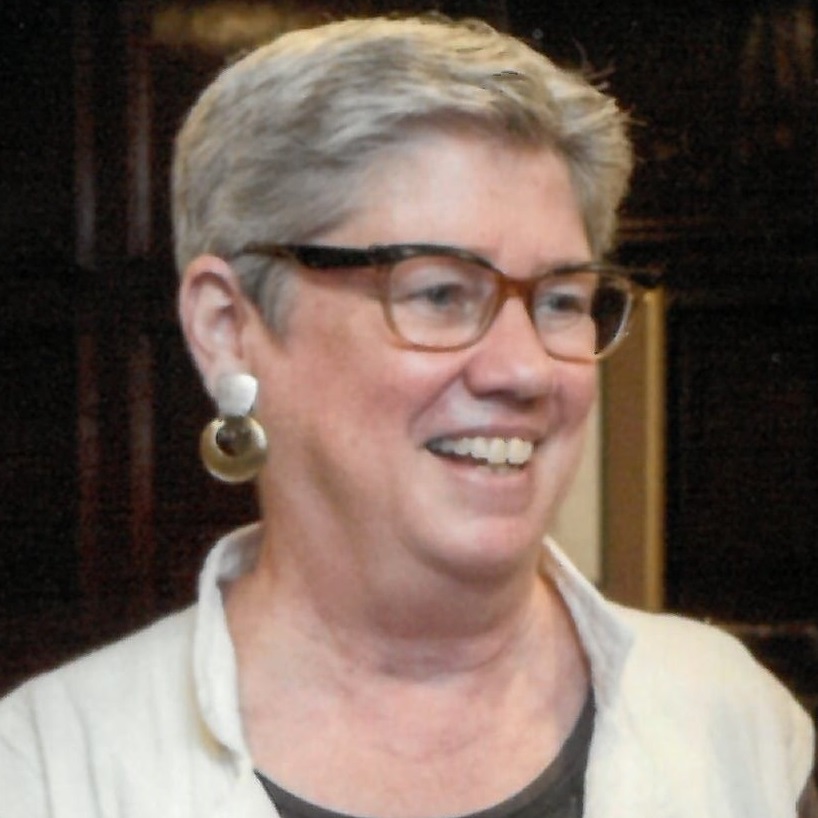ACCLPP Recommends Change in How CDC Determines Number Indicating a Child’s Blood Lead Level
by Jane Malone
The Advisory Committee on Childhood Lead Poisoning Prevention (ACCLPP)* voted today to recommend a significant change in how CDC selects the number at which a child’s blood lead level should be considered elevated, and to renew its call for primary prevention. In a unanimous vote on the third day of its public meeting in Atlanta, the ACCLPP members passed the following resolution:
Low Level Lead Exposure Harms Children: A Renewed Call for Primary Prevention
“Based on its conclusions that blood lead levels < 10 μg/dL harm children, the Advisory Committee on Childhood Lead Poisoning Prevention (ACCLPP) recommends elimination of the use of the term ‘blood lead level of concern.’ It recommends the use of a reference value based on the 97.5th percentile of the NHANES-generated blood lead distribution in children age 1-5 years (currently 5 μg/dL) to identify children with elevated blood lead levels. These lower levels currently impact approximately 450,000 U.S. children. The absence of identified blood lead levels without deleterious effects underscores the critical importance of primary prevention. The ACCLPP document summarizing these recommendations will be finalized and voted upon in January 2012.”
The document, slated to undergo revisions based on members’ input in the coming weeks, was drafted by an ACCLPP work group that is co-chaired by Perry Gottesfeld, Executive Director of Occupational Knowledge International, and Deborah Cory-Slechta, a professor at the University of Rochester School of Medicine. The document will provide specific recommendations for making progress in responding to children most affected by lead and stopping lead poisoning through housing-based primary prevention and other efforts. It’s up to the Department of Health and Human Services and CDC to accept the recommendations, determine how the federal government might implement them, issue appropriate guidance for providers, government agencies, and others, and take other action.
This is certainly a step forward in the fight to reduce children’s lead exposure. NCHH will offer a question-and-answer webinar once the final ACCLPP document is released in January. More details will be provided when possible.
*The charter of the Advisory Committee on Childhood Lead Poisoning Prevention states that this federal advisory committee “shall provide advice and guidance to the Secretary, Department of Health and Human Services (HHS); the Assistant Secretary for Health; and the Director, Centers for Disease Control and Prevention (CDC), regarding new scientific knowledge and technological developments and their practical implications for childhood lead poisoning prevention efforts,” and “shall also review and report regularly on childhood lead poisoning prevention practices and recommend improvements in national childhood lead poisoning prevention efforts.”
 Jane Malone served as the National Center for Healthy Housing’s director of policy from 2010 to 2014. From 1998 to 2010, Ms. Malone was the housing policy director for the Alliance to End Childhood Lead Poisoning (later Alliance for Healthy Homes, AFHH), NCHH’s sister organization, and joined NCHH as part of the January 2010 merger between NCHH and AFHH. Among Ms. Malone’s many great contributions to NCHH is her role on the National Healthy Housing Standard. Since 2015, Ms. Malone has worked as the national policy director for the American Association of Radon Scientists and Technologists (AARST).
Jane Malone served as the National Center for Healthy Housing’s director of policy from 2010 to 2014. From 1998 to 2010, Ms. Malone was the housing policy director for the Alliance to End Childhood Lead Poisoning (later Alliance for Healthy Homes, AFHH), NCHH’s sister organization, and joined NCHH as part of the January 2010 merger between NCHH and AFHH. Among Ms. Malone’s many great contributions to NCHH is her role on the National Healthy Housing Standard. Since 2015, Ms. Malone has worked as the national policy director for the American Association of Radon Scientists and Technologists (AARST).